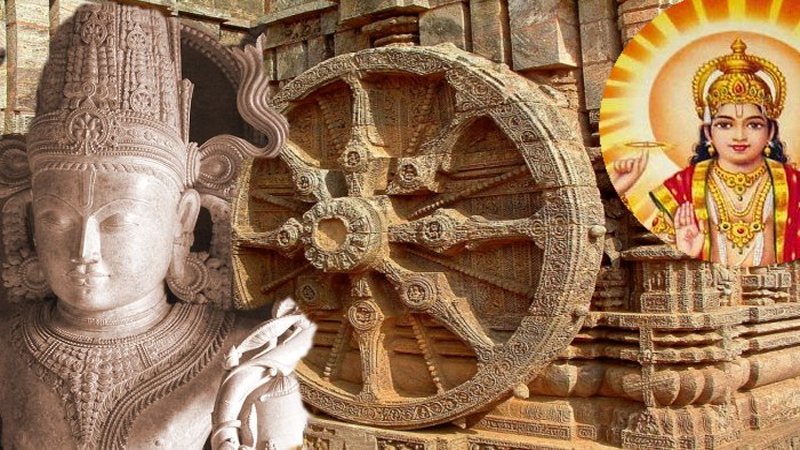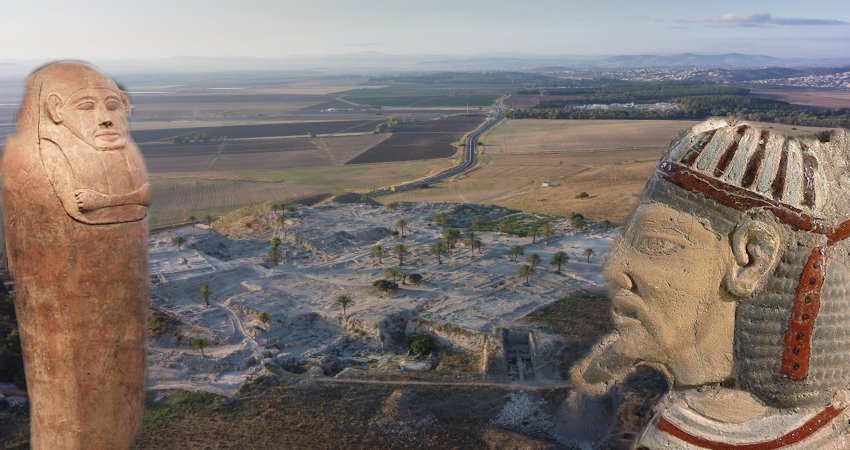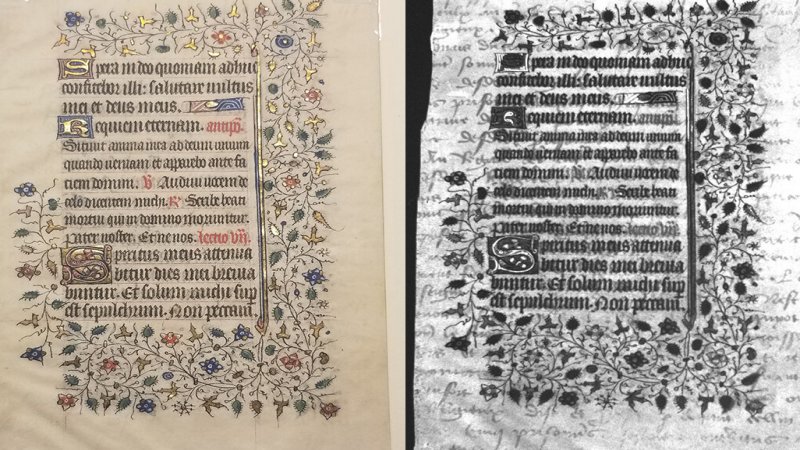Sleipnir: Eight-Legged Horse With Supernatural Strength That Belonged To God Odin
MessageToEagle.com – Riding into battle, Odin was always accompanied by Sleipnir(or Sleipner), an amazing, eight-legged horse of supernatural strength. Odin has also other constant companions, namely, two wolves; Geri (Greedy) and Freki (Ravenous) and two ravens, Munin, (memory) and Hugin, (thought), ever present on the god’s shoulders.
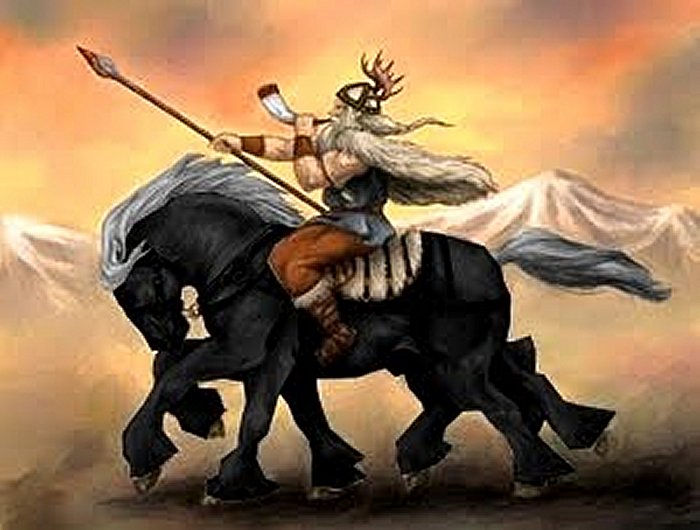
The fastest of all horses and never tired Sleipnir, could carry Odin through the sky, over lands and seas, and to one of the nine worlds, Helheim, the Abode Of The Dead and back. Sleipnir accompanied Odin wherever he went. When Balder died, Odin’s son Hermod rode Sleipnir to the death goddess, Hel to try to gain his brother back to the world of the living.
But how did this marvelous creature come to existence? Sleipnir was born under some very special circumstances.
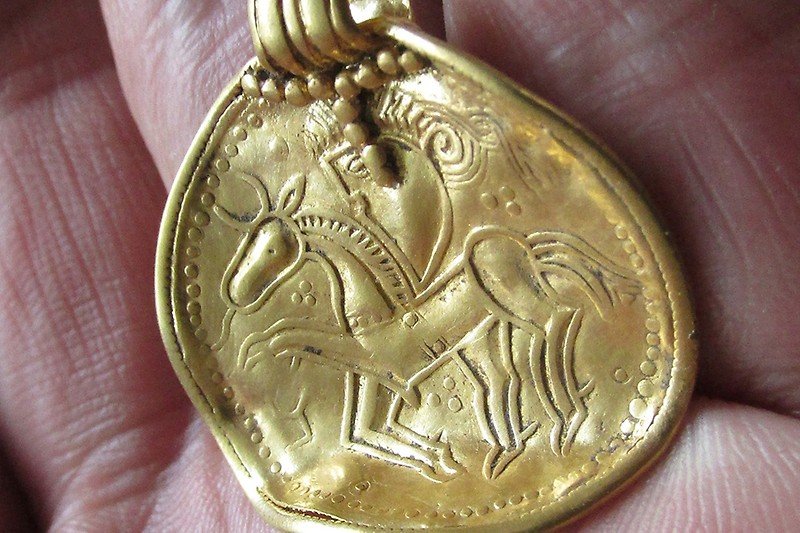
The horse was the extraordinary offspring of a stallion, Svadilfari, and the trickster of Asgard, Loki, who shapeshifted into a mare, to give birth to a magical Sleipnir.
It happened just after the war between the Aesir and the Vanir was over, but Asgard, the Kingdom of the Norse Gods still needed to be protected more permanently. One of the giant builders, Hrimthursar made a proposal to construct an impenetrable wall around Asgard only in three years.
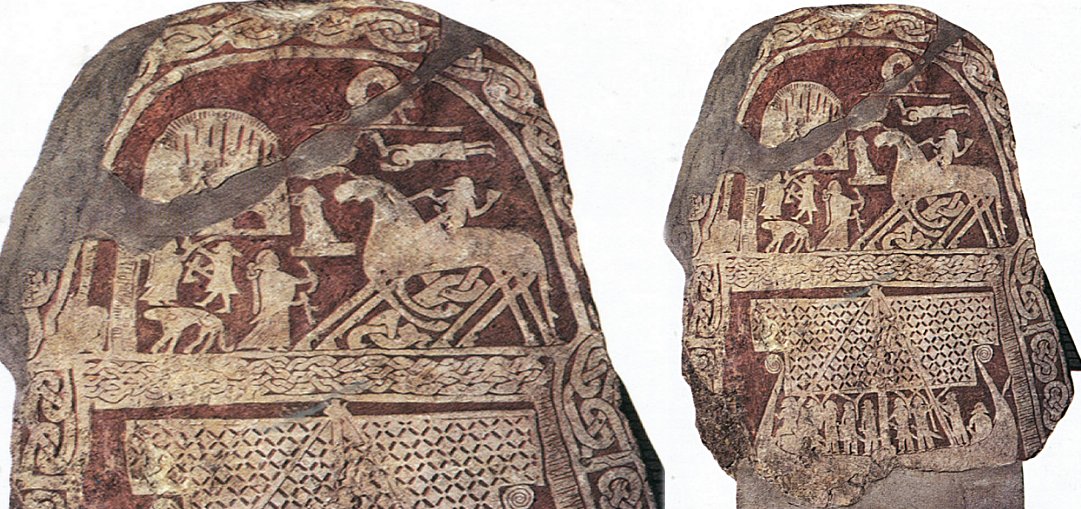
His price, however, was exceptionally high. He wanted the Moon, the Sun and the hand of the Vanir goddess Freya, who had an ability to manipulate one’s destiny.
The Aesir gods agreed, but under the condition the job must be done by the giant on his own and with the help of only one horse. They did not believe the task could be accomplished. They were wrong; the giant’s horse, Svaðilfar, was a strong and never tired and as winter came, the wall around Asgard was both massive and high and the only way to stop the progress of the giant’s work was to effectively distract his formidable horse from work.
Disguised as a mare, Loki trickster led Svaðilfar astray and the two horses played, chased each other spending their time together.
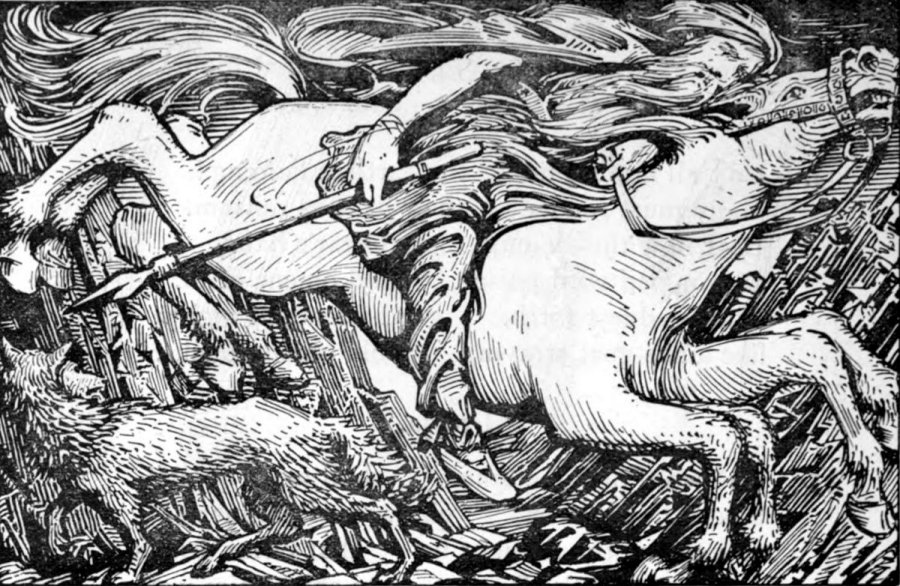
Without Svaðilfar, the giant was not able to finish his work and he became furious. At this moment, his disguise slipped and the gods could see that he was in fact, a giant.
See also:
Norse Shamanism: A Völva And Her Prophecies Were Feared Among Norse Gods And Vikings
Odin: Norse God Of War And Magic – Most Complex Figure Of The Norse Pantheon
Yggdrasil: Eternal And Sacred Tree Of Life In Norse Mythology
More Fascinating Myths And Legends
The Aesir called for Thor, brave and righteous god who mastered storms and lightning, fought giants threatening him and upheld the order of the world.
He appeared immediately on the scene, with his hammer raised to reward the giant, but not with the Moon, the Sun and Freya. Instead he smashed the skull of the giant, the impostor.
In the meantime, Loki who had taken the mare’s form, was to give birth to horse Sleipnir, a wonder outclassing all horses ever possessed by gods or men.
Sleipnir and great god Odin became inseparable.
Copyright © MessageToEagle.com All rights reserved. This material may not be published, broadcast, rewritten or redistributed in whole or part without the express written permission of MessageToEagle.com
Expand for references




